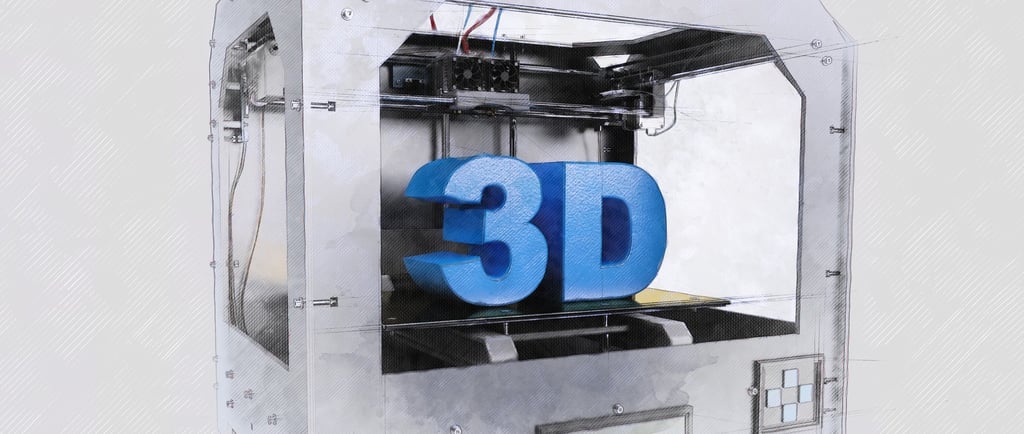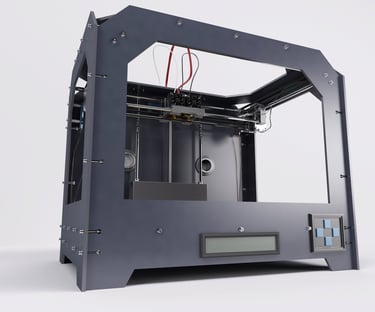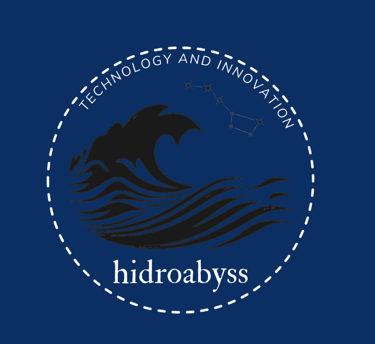The printing of smaller boats for artisanal fishing, a promising future for marine sustainability
This blog explores how 3D printing can transform artisanal fishing by turning plastics recovered from the oceans into sustainable and personalized smaller boats. Additive manufacturing not only reduces marine pollution, but also empowers coastal communities by allowing them to build tools tailored to their needs, reducing costs and promoting self-sufficiency. The technology offers ecological benefits, such as the efficient use of recycled materials and the reduction of emissions thanks to lighter and more optimized designs. Despite technical challenges and the need for training, this approach encourages a circular model where waste becomes valuable resources, driving both the local economy and marine sustainability. 3D printing, combined with the fishing tradition, promises a future in which innovation and environmental responsibility coexist to preserve the oceans and improve the quality of life of coastal communities.
Robert Garabán Garcías
1/4/20255 min read


Sustainable transformation of marine pollution to artisanal fishing
The oceans, a source of life and resources for millions of people, face an unprecedented threat: plastic pollution. It is estimated that more than 11 million tons of plastics are dumped into the sea every year, seriously affecting ecosystems and putting human activities such as fishing at risk. However, this problem also presents a unique opportunity to innovate. Through 3D printing technology, plastic waste can be transformed into smaller boats adapted to the needs of artisanal fishing, promoting a development model that integrates sustainability, technology and social responsibility.
3D printing as a transformative solution
Additive manufacturing or 3D printing has revolutionized multiple industries thanks to its ability to produce complex and personalized structures with economical and sustainable materials. In the field of naval engineering, this technology makes it possible to convert recycled plastics, such as those recovered from the oceans, into high-strength parts to build light and efficient boats.
Unlike traditional construction methods, 3D printing makes it possible to manufacture components with millimeter precision, significantly reducing material waste. This is especially relevant when recycled plastics are used, since it maximizes their use. In addition, personalization is a fundamental pillar of this technology, which facilitates the creation of boats adapted to the specific characteristics of each fishing community, such as sea conditions, water depth and fishing methods used.
From design to production, 3D printing offers economic and operational advantages. Initial production costs are lower, since no molds or specialized tools are required, and manufacturing time is significantly reduced. On the other hand, the technology allows rapid modifications to the designs, which is crucial to respond to the changing conditions of the environment and the needs of fishermen.
From pollution to opportunity: marine plastics as a resource
The recycling of plastics recovered from the oceans for the manufacture of boats represents a paradigm shift in the way we approach waste. This innovation not only helps reduce marine pollution, but also encourages a circular economy approach, where waste becomes valuable resources for new applications.
Marine plastics, once collected and processed, can be transformed into filaments for 3D printing, which opens up a range of possibilities in shipbuilding. This approach has the potential to positively impact both the environment and coastal communities. On the one hand, it reduces the pressure on marine ecosystems, freeing them from a part of the millions of tons of waste that threaten them. On the other hand, it offers fishing communities an economical and sustainable solution to renew their fleet of smaller vessels.
In technical terms, recycled plastics present challenges that must be addressed, such as the consistency of the material and its resistance in adverse maritime conditions. However, advances in the processing of plastics and the combination of these with natural or synthetic fibers are improving the mechanical properties of the final products, guaranteeing their durability and performance.
Empowerment and self-sufficiency of fishing communities
The use of recycled plastics for the local manufacture of smaller boats has a significant impact on fishing communities, especially those that depend on artisanal fishing as their main economic support. 3D printing not only reduces production costs, but also promotes self-sufficiency by allowing communities to actively participate in the design and construction of their tools.
Instead of relying on distant shipyards or second-hand boats, fishermen can create models adapted to their specific needs, such as boats for shallow waters or with the ability to withstand adverse conditions. In addition, the construction process with 3D printing is less intensive in terms of specialized technical knowledge, which facilitates its adoption in communities that do not have advanced resources.
Learning and mastering this technology also opens up new economic opportunities for fishing communities. For example, they can diversify their activity by offering boat manufacturing services to other locations or using technology to produce other products useful in fishing, such as buoys, traps or storage boxes. This diversification strengthens the economic resilience of communities, reducing their vulnerability to changes in the market or environmental conditions.
Efficiency, sustainability and environmental benefits
The construction of boats through 3D printing is not only economically viable, but also an environmentally responsible model. First, the use of recycled plastics reduces the demand for new materials, decreasing the extraction of natural resources and the associated carbon footprint.
In addition, boats built with this technology are usually lighter and more efficient, which contributes to a reduction in fuel consumption. This not only has a positive impact on fishermen's operating costs, but also reduces greenhouse gas emissions generated by fishing activities.
Another relevant aspect is the reduction of waste in the manufacturing process. Unlike traditional methods, where much of the material is discarded, 3D printing uses only what is necessary, promoting a more efficient use of resources. This approach is not only more sustainable, but also aligns fishing communities with the principles of the circular economy, a development model increasingly adopted globally.
Technical challenges and opportunities for improvement
Although the potential of 3D printing is immense, it also faces challenges that must be overcome to maximize its impact on artisanal fishing. One of the main challenges is to ensure that recycled materials meet the quality and resistance standards necessary to operate in demanding maritime environments. Boats are exposed to moisture, salinity and dynamic forces of water, so materials must be resistant to corrosion and wear.
In addition, the adoption of this technology requires technical training in fishing communities. While 3D printing simplifies the manufacturing process, it is essential that users understand how to design models, operate machines, and maintain equipment. Investment in training and in the development of manuals adapted to local needs will be key to ensuring the success of these initiatives.
On the other hand, public policies and collaborations between governments, non-governmental organizations and academic institutions play a crucial role in the promotion of 3D printing in artisanal fishing. Access to financing, the creation of incentives for plastic recycling and the development of local manufacturing centers are some of the necessary steps to encourage the adoption of this technology on a large scale.
Towards a circular and resilient model in artisanal fishing
The integration of 3D printing and plastic recycling in artisanal fishing represents a significant step towards a more circular and sustainable development model. This approach not only addresses two of the greatest global challenges - marine pollution and poverty in coastal communities - but also offers a hopeful vision of how technology can be used to create a positive impact on society and the environment.
Boats built with recycled plastics are a testament to human ingenuity and the ability to transform problems into solutions. These initiatives reinforce the connection between technological innovation and the fishing tradition, ensuring that future generations can enjoy cleaner oceans and more prosperous communities.
With a collaborative approach between naval engineers, fishermen and global organizations, the future of artisanal fishing can be one where sustainability and technology coexist in perfect harmony. 3D printing is not just a tool for building boats; it is a symbol of resilience and creativity, capable of facing the greatest challenges of our time and turning them into opportunities for a better world.








